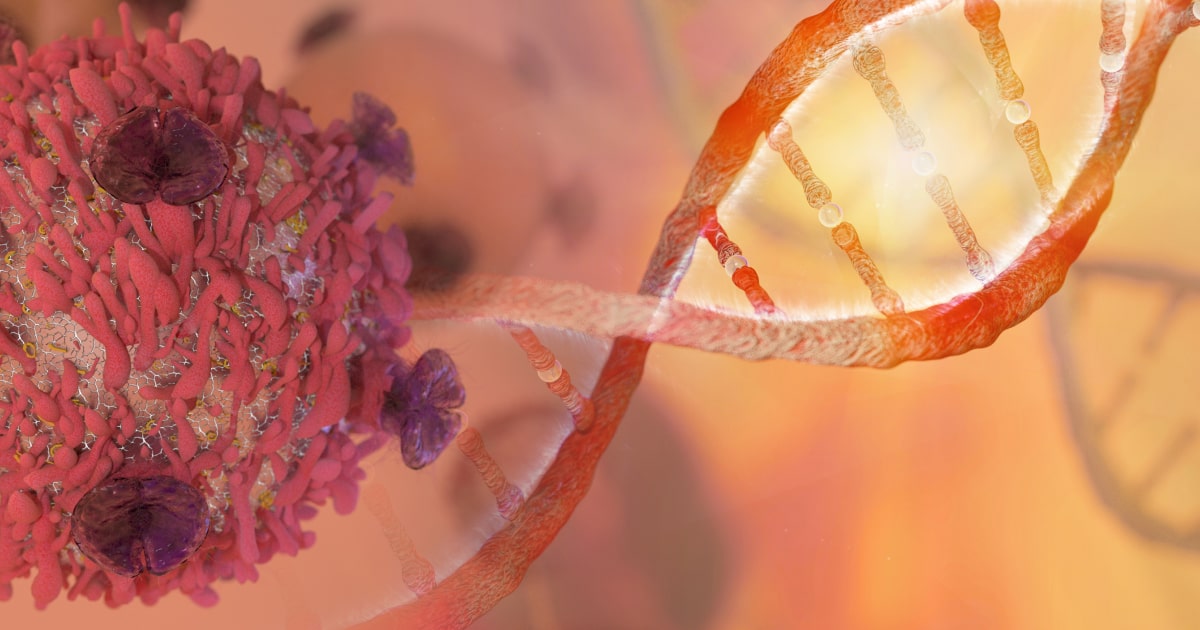
Expert Reviewed By: Dr. Brandon Colby MD
X-linked subcortical laminar heterotopia (X-SCLH) is a rare and complex neurological disorder that affects the structure and function of the brain. It is characterized by the abnormal development of the cerebral cortex, which results in the formation of abnormal layers of neurons beneath the cortex. This leads to a range of symptoms, including intellectual disability, seizures, and developmental delays. In this article, we will delve into the process of understanding, diagnosing, and utilizing genetic testing for X-SCLH.
Understanding X-Linked Subcortical Laminar Heterotopia
X-SCLH is a genetic disorder caused by mutations in the doublecortin (DCX) gene, which plays a crucial role in the proper migration of neurons during brain development (source). The condition is inherited in an X-linked dominant pattern, meaning that one copy of the mutated gene on the X chromosome is sufficient to cause the disorder. Males, who have only one X chromosome, are more severely affected than females, who have two X chromosomes and can have variable clinical severity due to X-inactivation patterns of neuronal precursor cells (source).
Diagnosing X-SCLH: The Role of Magnetic Resonance Imaging (MRI)
Diagnosing X-SCLH can be challenging due to its variable presentation and rarity. The primary diagnostic tool for X-SCLH is magnetic resonance imaging (MRI), which can reveal the characteristic subcortical laminar heterotopia in affected individuals. MRI should be performed in parents or siblings with intellectual disability or epilepsy for appropriate genetic counseling of the family of a child with lissencephaly or subcortical laminar heterotopia (source). In some cases, additional tests may be needed to rule out other potential causes of the observed symptoms.
Genetic Testing for X-SCLH: A Powerful Diagnostic Tool
While MRI is a valuable diagnostic tool for X-SCLH, genetic testing can provide definitive confirmation of the diagnosis and help guide treatment and management decisions. Genetic testing can also be useful in cases where the MRI findings are inconclusive or when there is a family history of the disorder.
Identifying DCX Gene Mutations
A diagnostic method for X-SCLH has been established, which involves the analysis of the DCX gene for mutations (source). This method can facilitate the diagnosis and genetic counseling of patients featuring this disease. By identifying the specific mutation responsible for X-SCLH, clinicians can provide more accurate information about the potential severity and progression of the disorder, as well as the risk of recurrence in future pregnancies.
Mapping the Potential Locus in Xq22
Research has also led to the mapping of a potential locus for X-SCLH and lissencephaly syndrome (XSCLH/LIS) in the Xq22 region of the X chromosome (source). This finding provides further evidence for the occurrence of mutations in males and suggests the possibility of germline mosaicism in normal transmitting males. This information can be valuable for genetic counseling and family planning purposes.
Conclusion
Understanding, diagnosing, and utilizing genetic testing for X-linked subcortical laminar heterotopia is essential for providing optimal care and management for affected individuals and their families. Through advancements in diagnostic methods and genetic testing, clinicians can better identify the underlying cause of the disorder, provide accurate genetic counseling, and guide treatment decisions for those living with X-SCLH.
About The Expert Reviewer
Dr. Brandon Colby MD is a US physician specializing in the personalized prevention of disease through the use of genomic technologies. He’s an expert in genetic testing, genetic analysis, and precision medicine. Dr. Colby is also the Founder of and the author of Outsmart Your Genes.
Dr. Colby holds an MD from the Mount Sinai School of Medicine, an MBA from Stanford University’s Graduate School of Business, and a degree in Genetics with Honors from the University of Michigan. He is an Affiliate Specialist of the American College of Medical Genetics and Genomics (ACMG), an Associate of the American College of Preventive Medicine (ACPM), and a member of the National Society of Genetic Counselors (NSGC)